
Use fenceline weaning to improve calf postweaning performance
STOCKTON, Mo. – “Postweaning calf performance is important to cow-calf operators and future calf owners,” says Patrick Davis, University of Missouri Extension livestock field specialist. Optimum performance is achieved by reducing weaning stress. Davis discusses fenceline weaning as a management strategy to reduce weaning stress, which ultimately reduces sickness and improves calf performance postweaning.
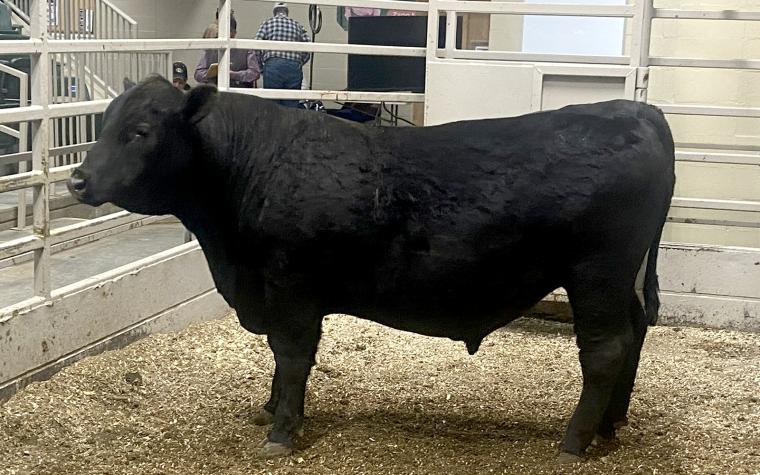
Good cattle market led to a strong bull sale in Springfield
High cattle prices powered a strong bull sale in Springfield, averaging $5,458 across 26 bulls—around $1,600 more per head than spring 2024.
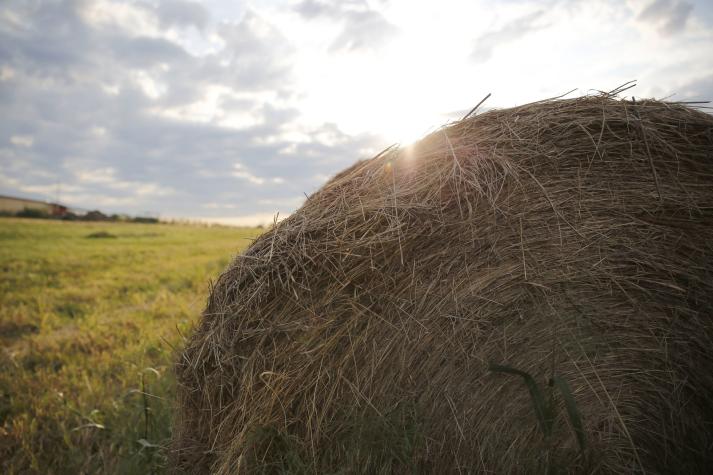
Produce high-quality hay to reduce cattle supplementation
STOCKTON, Mo. – “Hay harvest is approaching, and producing high-quality hay reduces cattle supplementation,” says Patrick Davis, University of Missouri Extension livestock field specialist. Davis discusses harvest management strategies to achieve optimal hay quality.
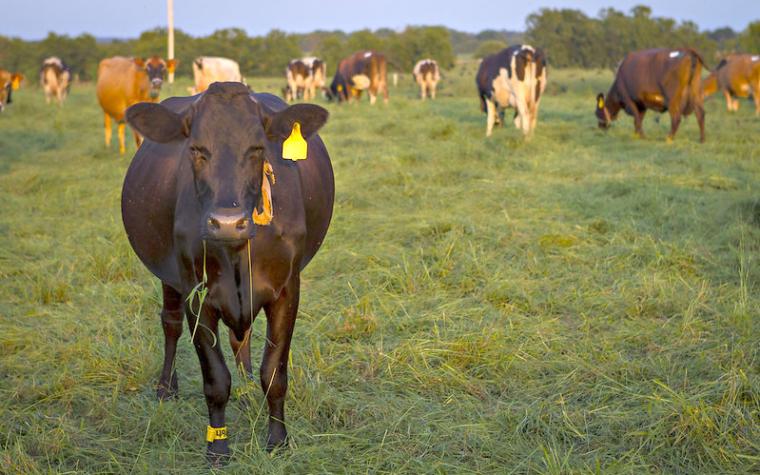
Cattle farmers: Is it time for a budget checkup?
Many Missouri cattle producers are gearing up for the hay season. Spring can be hectic on the farm, but it’s also an important time to check on where you’re heading financially.

Pre-breeding exams for replacement heifer selection
WEST PLAINS, Mo. – For cow-calf producers, it is ideal to have one healthy calf on the ground per cow per year. Producers should also strive to have cows that are productive in the herd for many years. On average, a cow must stay in the herd for six years for the producer to break even on that cow’s initial investment along with yearly maintenance costs.
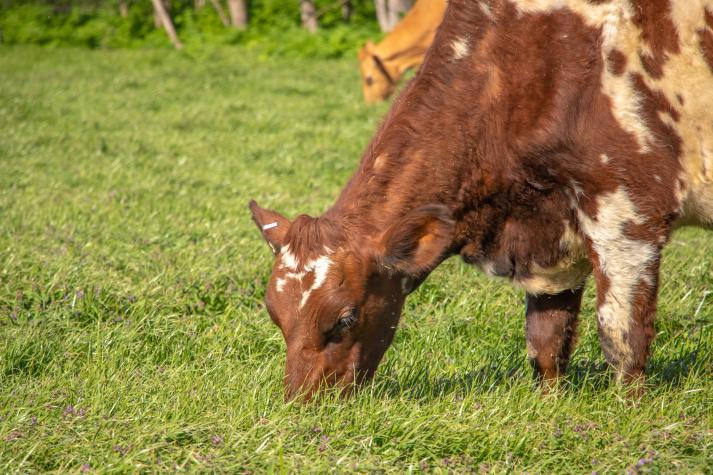
Use sacrifice pastures now to spare best pastures for later
STOCKTON, Mo. – “Cattle producers welcome the rain, but it leads to muddy pastures and proper management is needed for optimum grazing the rest of the year,” says Patrick Davis, University of Missouri Extension livestock field specialist. Davis feels sacrifice pastures may be needed to help in promoting forage production for the rest of the grazing season.
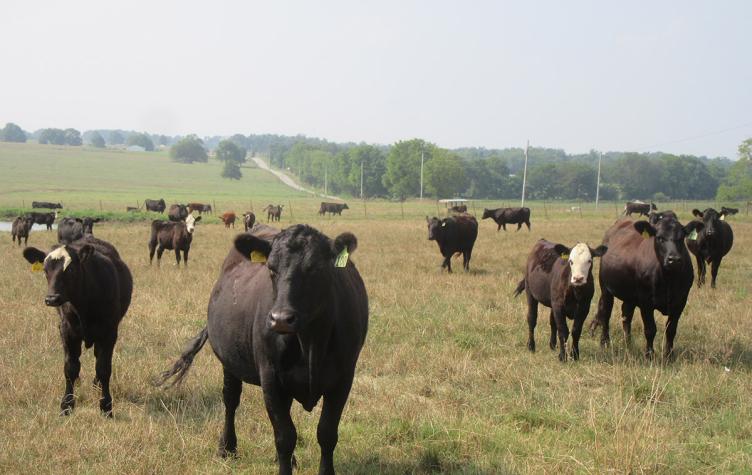
Add magnesium to prevent grass tetany in cattle
STOCKTON, Mo. – “As spring and lush grass growth arrives cattle producers need to plan for prevention of grass tetany,” says Patrick Davis, University of Missouri Extension livestock field specialist. Grass tetany arises from a cattle mineral imbalance, so Davis suggests cattle producers use management strategies discussed below to reduce the incidence in their cattle operations.
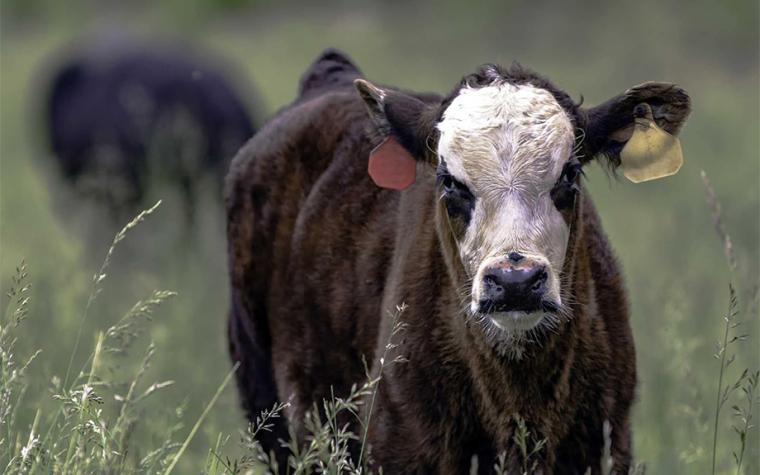
Understanding grass tetany in beef cows
COLUMBIA, Mo. – If you’ve ever seen a cow suddenly collapse in early spring, seemingly out of nowhere, you might have witnessed a case of grass tetany, says University of Missouri Extension state beef nutritionist Eric Bailey.
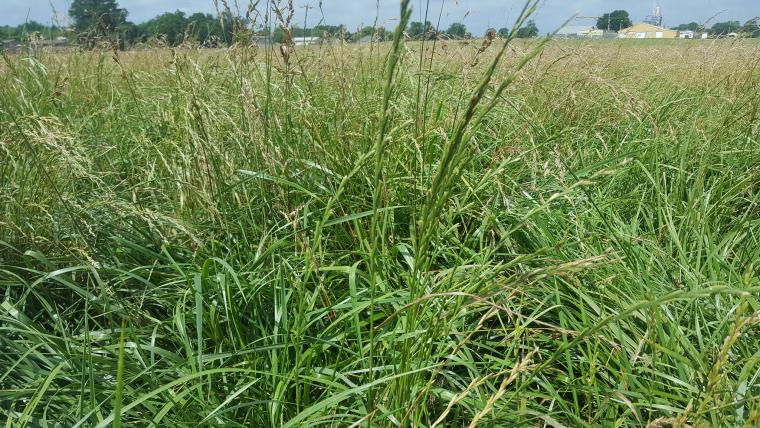
Timing, flexibility key to grazing tall fescue spring flush
COLUMBIA, Mo. – Proper management of the spring flush of tall fescue gives pastures and cattle a head start for the rest of the grazing season, says University of Missouri Extension state forage specialist Harley Naumann.

Avoid financial heartbreak after drought
Learn strategies to reduce financial loss after drought by adjusting pasture management and considering native warm-season grasses.
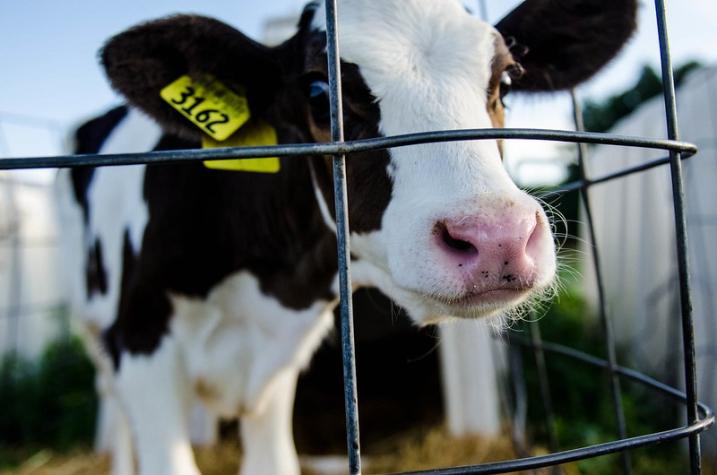
MU Extension publishes vaccination overview for cow-calf operations
Explore essential vaccination strategies for cow-calf operations, covering key diseases, vaccine types, and sample schedules to enhance herd health.
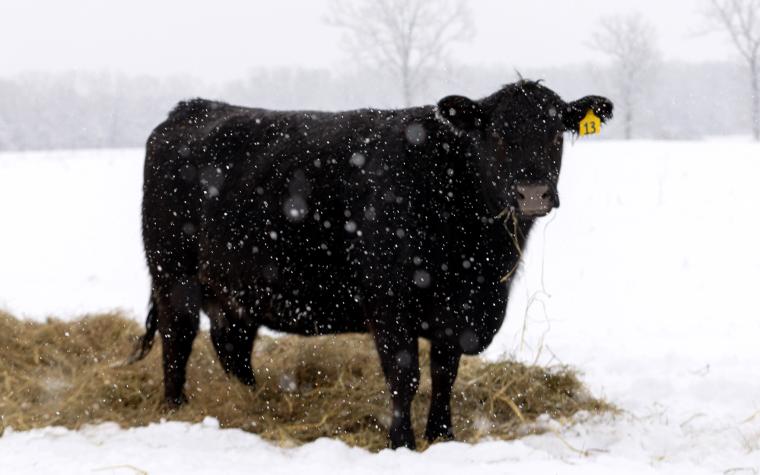
Mitigating pregnancy loss in cow herds
MOUNTAIN GROVE, Mo. – With spring calving season underway, producers want as many healthy calves on the ground as possible. “A lot of folks see pregnancy loss within their herd and think of it in two ways: either a cow aborting a calf during gestation, or losing the calf after it is already made it on the ground,” said Chloe Collins, University of Missouri Extension dairy specialist. But multiple factors go into pregnancy loss, both…

The skinny on what your hay bales really weigh
Hay bale weight varies with moisture and density. Learn how to estimate actual weight for better feeding and management decisions.

MU Extension offers beef feeding financial tool
Free Excel tool lets cattle producers track input costs, calculate break-even price and ROI, and manage feeding profitability.
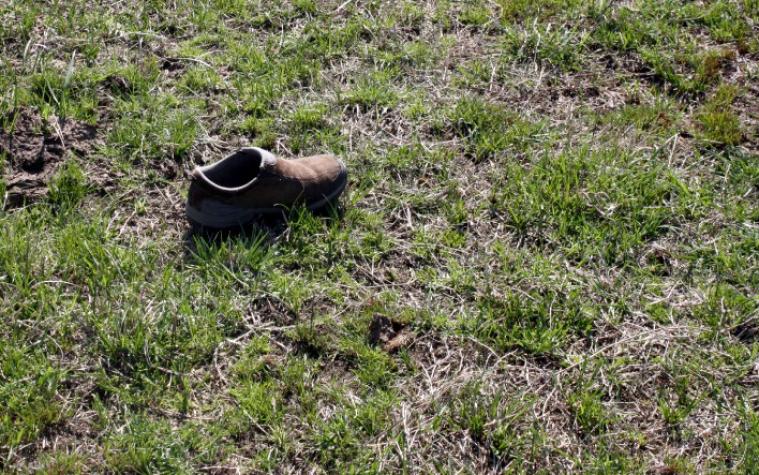
Frost-seeding legumes pays big dividends
Frost-seeding legumes boosts pasture health, lowers input costs, improves soil fertility, and supports cattle growth even in drought-prone areas.

Time to rethink deworming the beef herd
SALEM, Mo. – The use of commercial livestock dewormers has paid off in terms of animal health and productivity, but it has also resulted in resistance among parasite populations. “As dewormers lose effectiveness, producers need to develop a broader strategy for managing internal parasites in their livestock,” said Eric Meusch, University of Missouri Extension livestock specialist. Resistance to deworming products
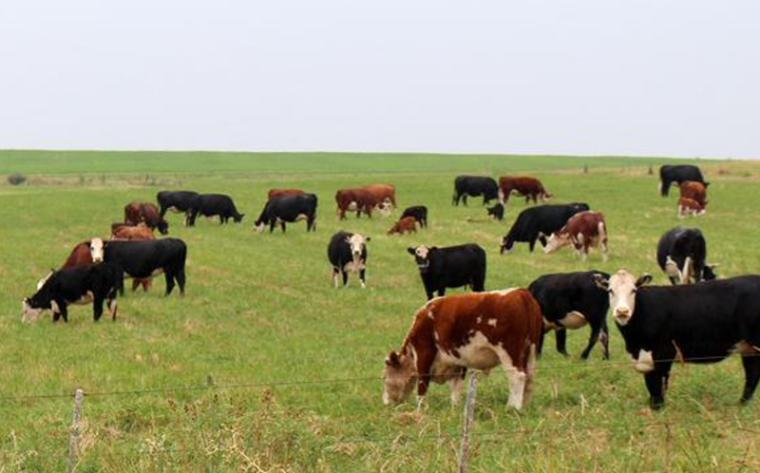
Benefits of beef cow leasing
Beef cow leasing offers producers a lower-cost way to expand, gain experience, and share risks while easing financial pressures.
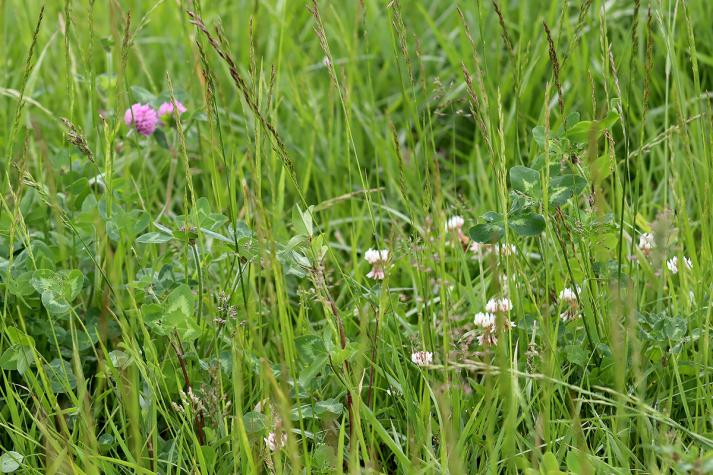
Frost seeding legumes improves pastures several ways
Frost seeding legumes boosts pasture quality, yield, and soil health by adding diversity early in the growing season.

Cattle recordkeeping system for success
Cattle producers can assess the past year’s productivity, improve herd recordkeeping and use clear ID methods.
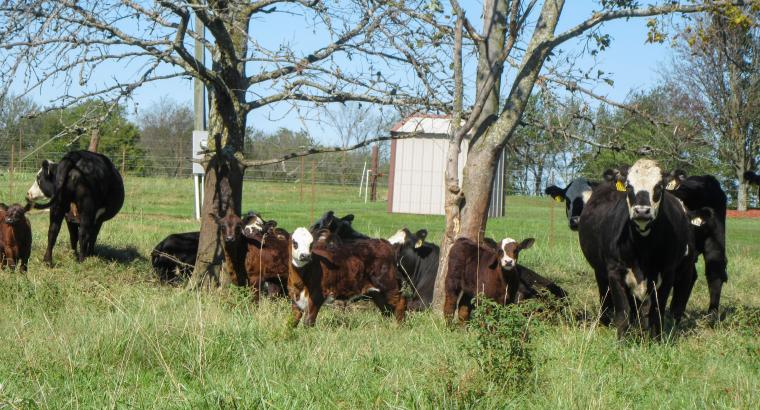
Prepare for a successful calving season
STOCKTON, Mo. – “When planning for a successful calving season, plan for everything that might happen with the goal of the cow giving birth with little difficulty to a healthy calf,” says Patrick Davis, University of Missouri Extension livestock field specialist. Furthermore, manage cows to provide adequate quality and quantity of nourishment to the calf and rebred during the next breeding season.
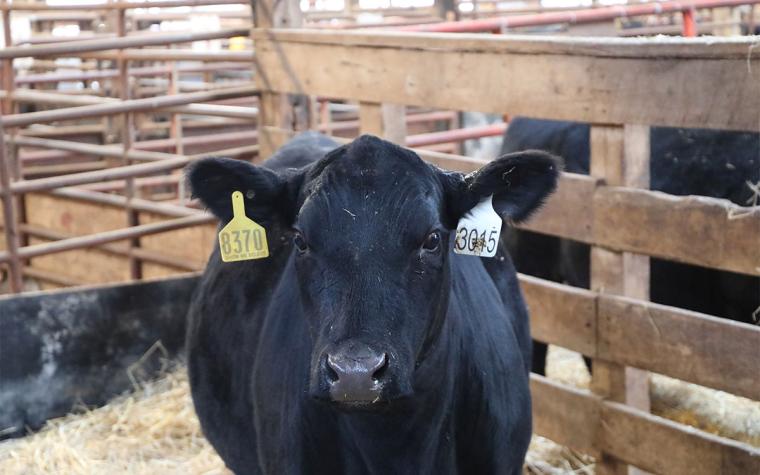
Genetics for a better cow herd
Use genetics and breeding strategies to improve cow fertility and build a stronger, more productive herd.
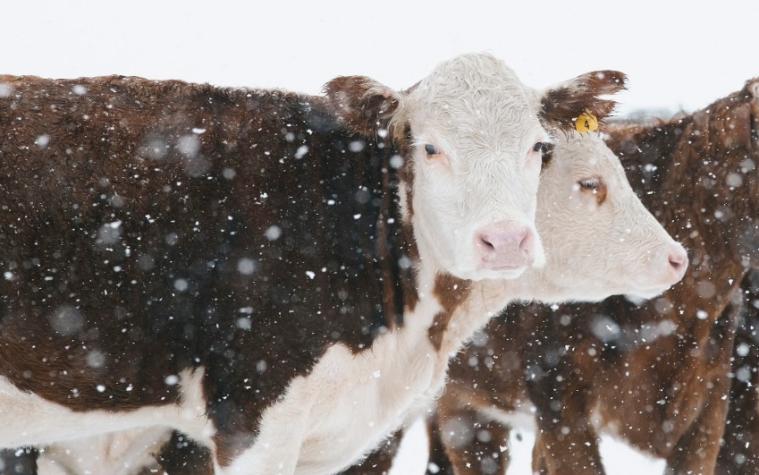
Cattle care during prolonged extreme cold
MARSHFIELD, Mo. – Cold weather has moved into Missouri quickly with no plans of leaving soon, according to forecasts.

Prepare cattle for frigid temperatures
COLUMBIA, Mo. – Extremely cold weather, ice and snow are putting Missouri cattle at risk. Temperatures below zero degrees Fahrenheit are predicted, with the wind chill factor much lower in many parts of Missouri this week. As temperatures drop, producers need to ensure their cattle are kept safe in the harsh weather, said University of Missouri Extension state beef nutritionist Eric Bailey.

Final fall 2024 Show-Me-Select sale sets record
Palmyra’s final 2024 Show-Me-Select heifer sale set a record with $1.16 million in sales as buyers purchased 323 bred heifers.

Strong bull sale in Springfield
Springfield's bull sale achieved strong prices, with 26 bulls averaging $5,458 each, highlighting a robust cattle market.